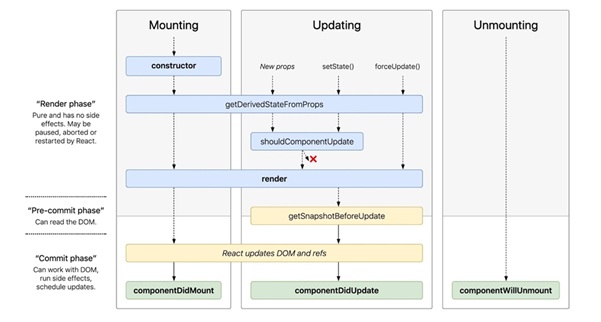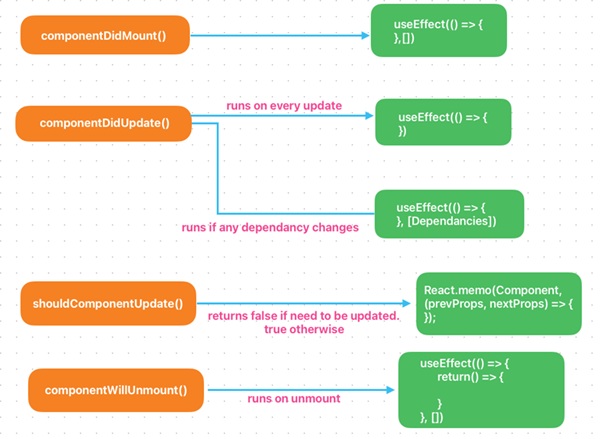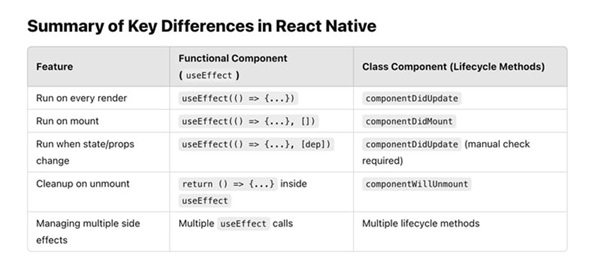React Native, a popular framework for building mobile applications using JavaScript and React, follows a component-based architecture. When working with React Native, understanding the component lifecycle is crucial because it defines how components are created, updated, and destroyed during the app's execution.
In this blog, we’ll dive deep into the component lifecycle of both Class Components and Functional Components (using hooks), explaining key methods and hooks with real-world examples.
What is a Component Lifecycle?
The component lifecycle is the series of methods or hooks that are invoked at different phases of a component’s existence. These phases include:
1. Mounting – When the component is created and inserted into the DOM.
2. Updating – When the component is re-rendered due to changes in props or state.
3. Unmounting – When the component is removed from the DOM.
Each of these phases has specific lifecycle methods (for class components) and hooks (for functional components) that allow us to control component behaviour.
Component Lifecycle in Class Components

Component Lifecycle in Functional Components (With Hooks)

